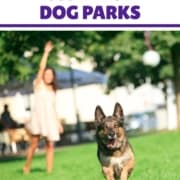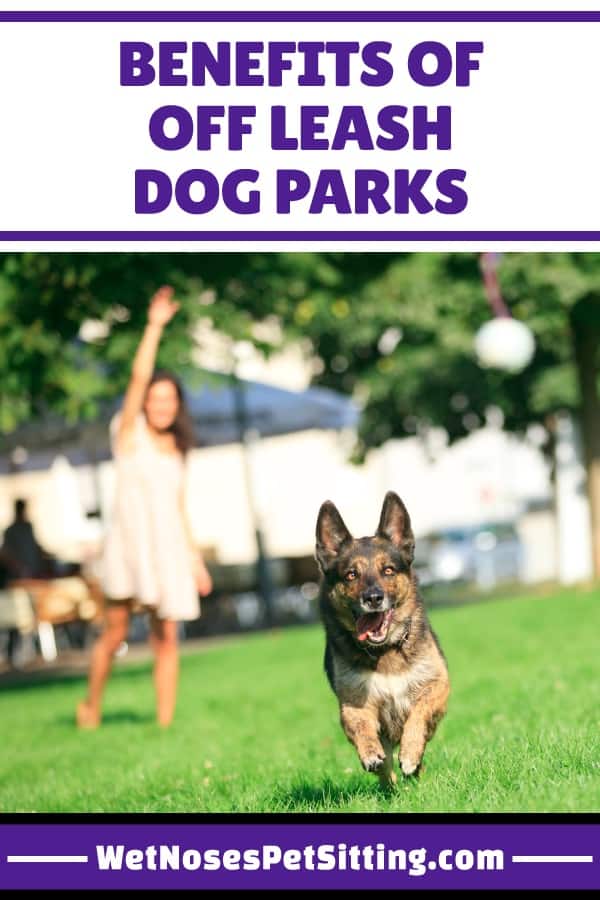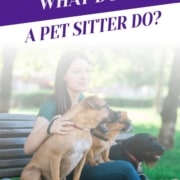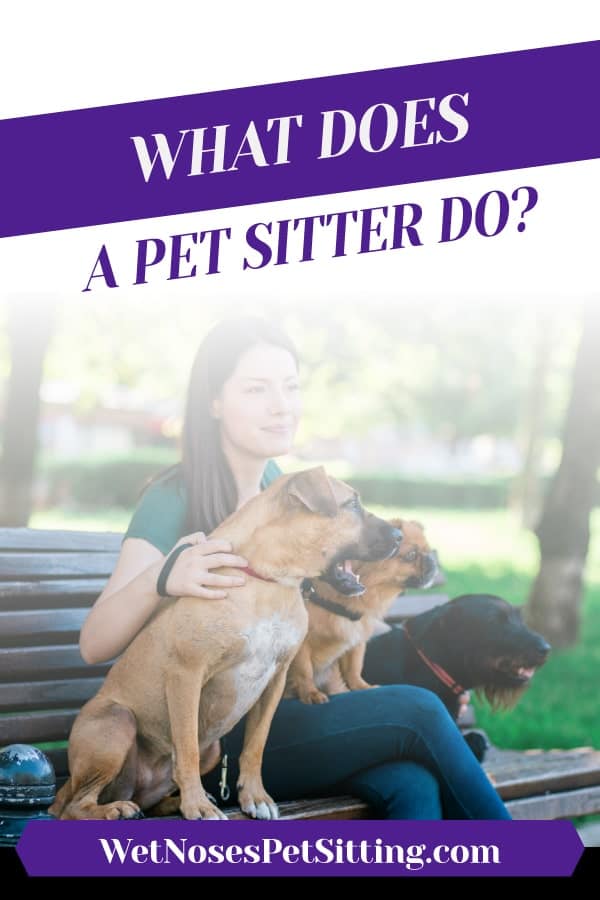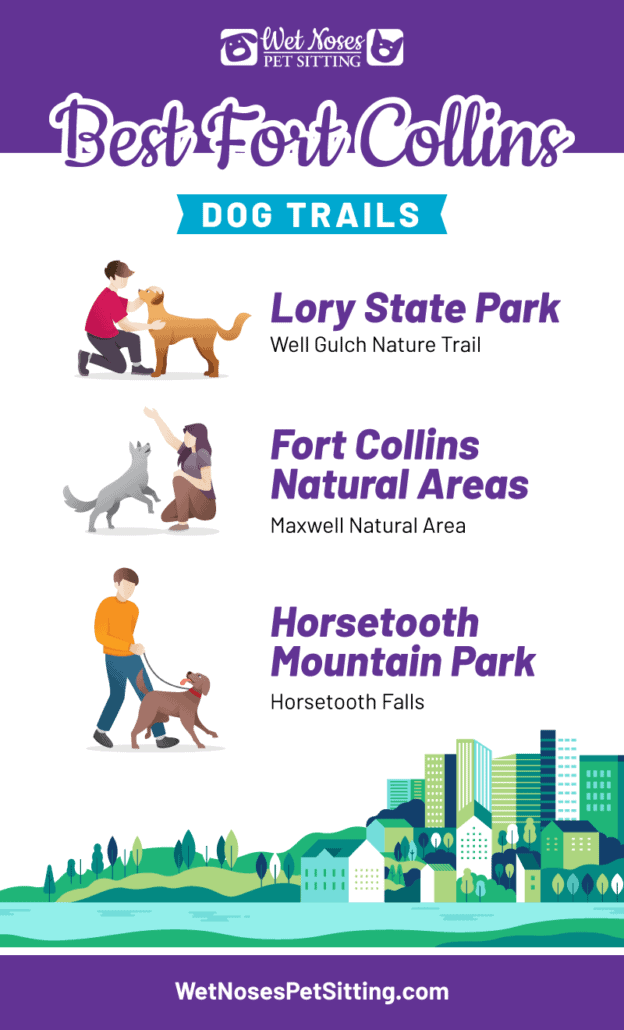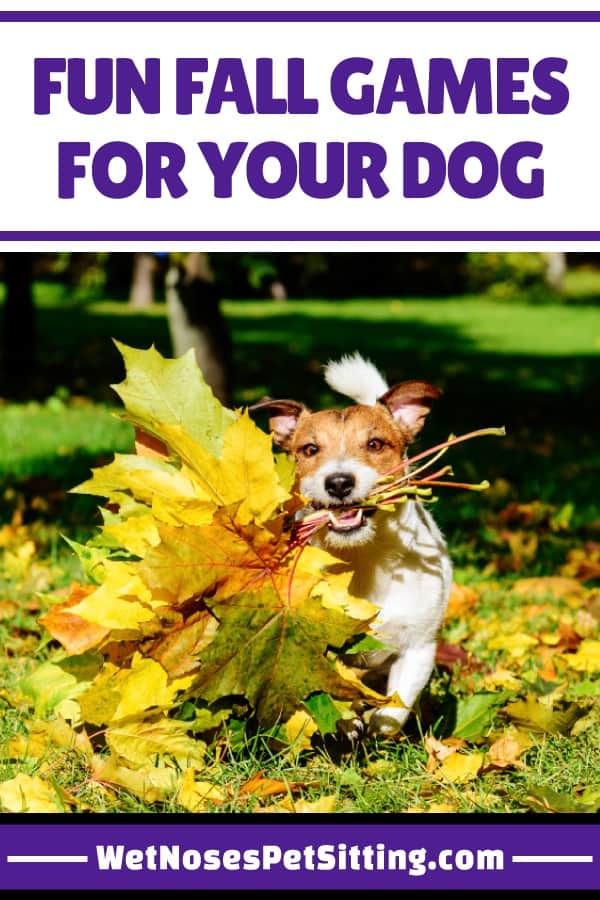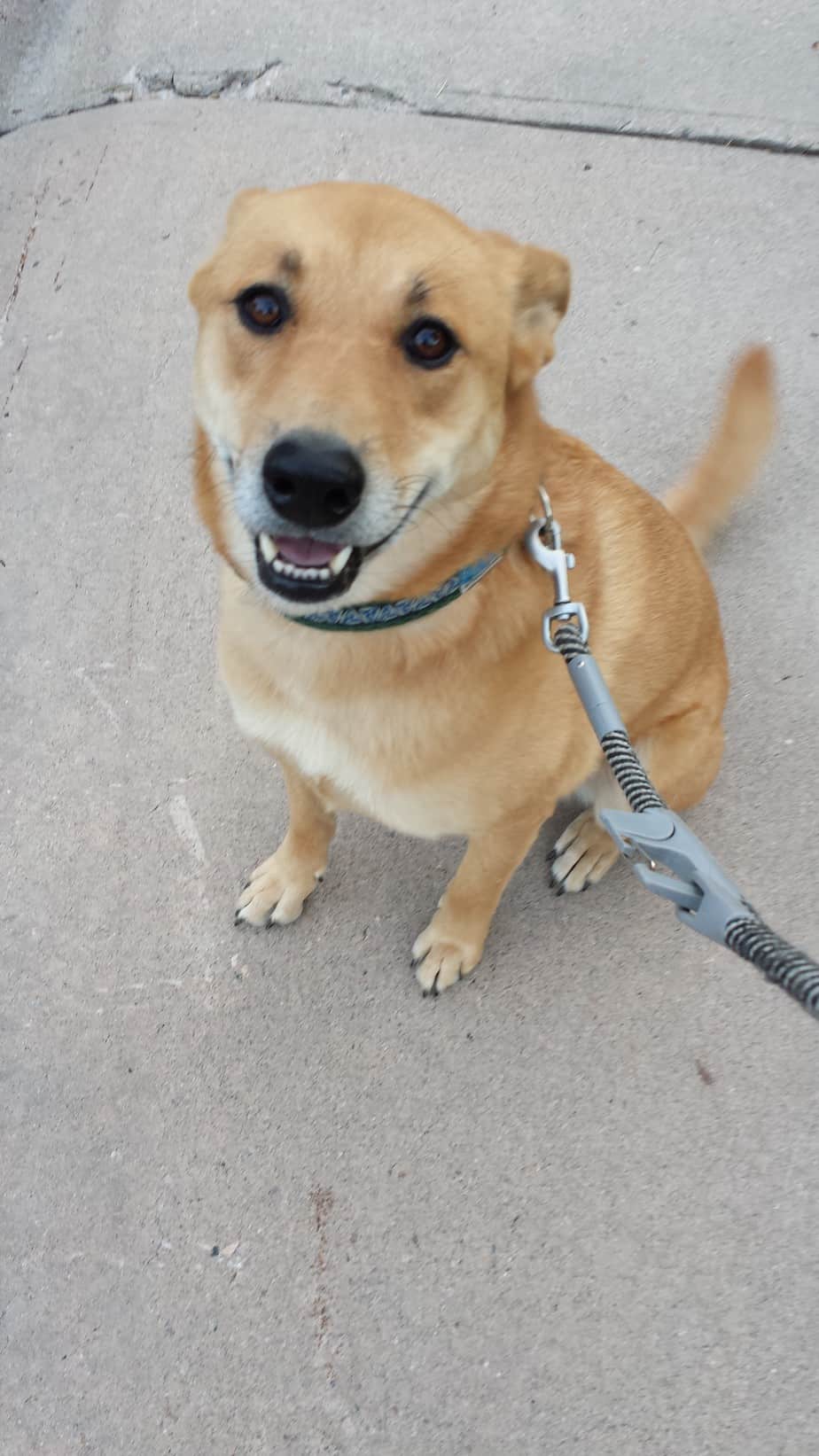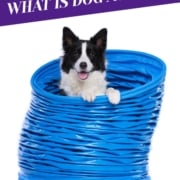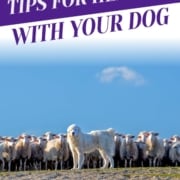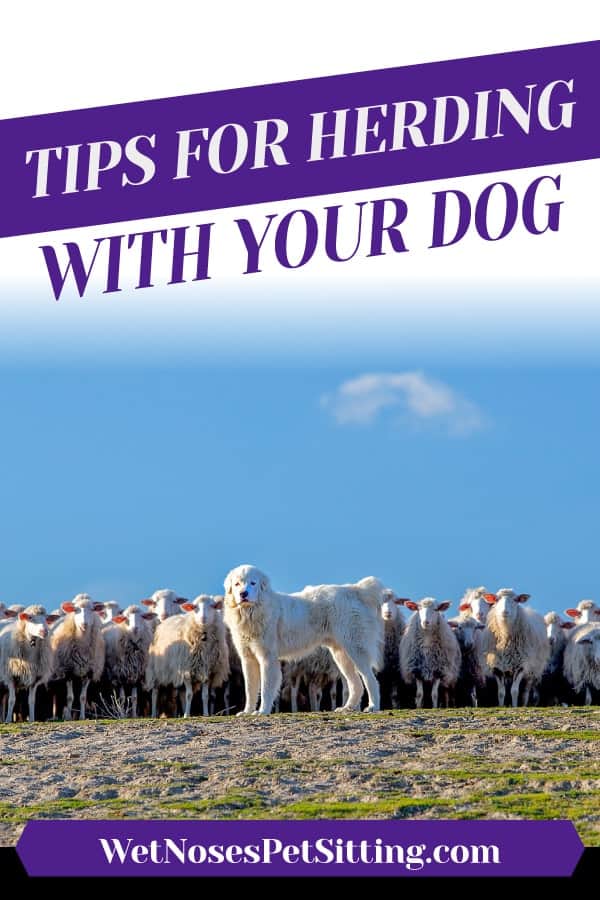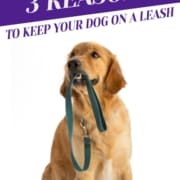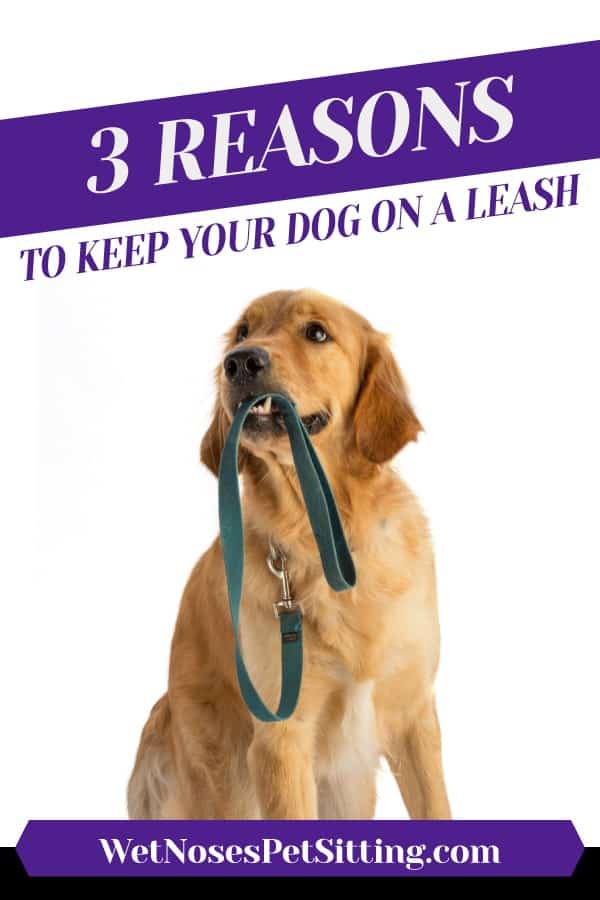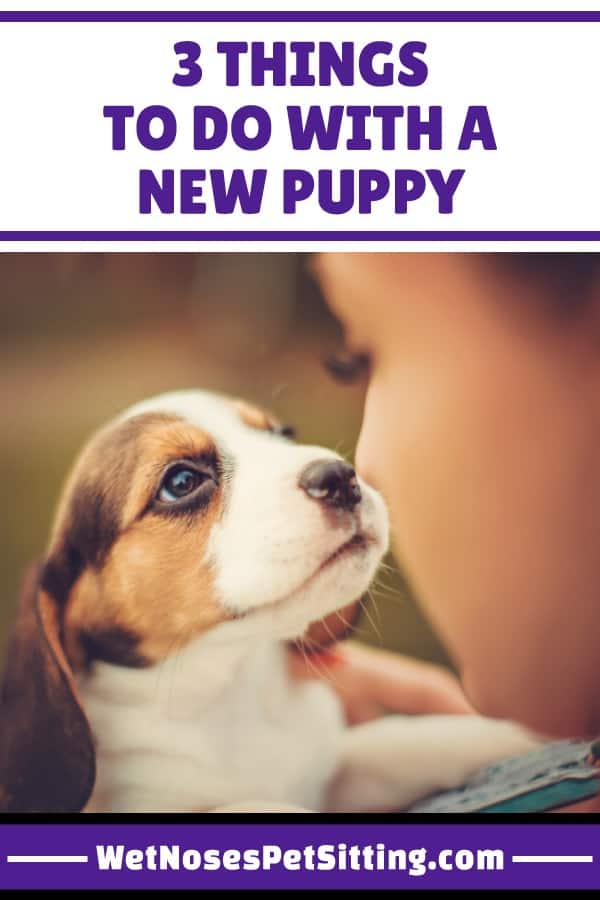Benefits of Off Leash Dog Parks
Park season is about to be full swing. Getting out to enjoy a some fun in the sun with your awesome pup is the the best part of the weekend. The parks are filling up with people who all are enjoying the beautiful weather after a long winter. You may be left wondering what park to visit this weekend and whether or not off leash dog parks are the best choice for you and your canine companion. Like with most things in life there are benefits and draw backs to pretty much everything, but here are a few reasons why you should try a off lease dog park if you think your dog would like it.
-
It’s a safe place for exercise
It’s no secret that dogs need to run, dart, play and romp around. But sometimes owners don’t have the ability, energy or youth that it takes to give them that exercise. Playing with a dog at the level that is the healthiest for them is also a work out for you. Dog parks are also great because they provide safety from cars, bicyclist, and other hazards.
-
Frequently exercised & socialized dogs are better for the community
Another great benefit of off leash dog parks is that dogs who frequent them are more socialized. They become familiar with neighbors and other dogs, making them less likely to bark or be aggressive on walks. Moreover, a well exercised dog is also a dog that is less likely to get in trouble out of boredom and pent up energy.
-
It’s good for personal & neighborhood safety
Sometimes it’s just you and your dog, but signs all over parks and trails usually say to travel with a buddy. Even though your dog can help protect you, being at a dog park is far safer than on a trail alone. Plus, not only does the park deter crime in the neighborhood, it also connects you with your community. It’s always good to know your neighbors and talk about events and concerns in your area.
As you can see there are many benefits to off leash dog parks. They could be a perfect fit for you and your Fido. Even though as dog sitters and walkers, we don’t take client’s pets to the dog park; but it doesn’t mean that it’s not something you should try. But like we said earlier, everything has an upside and a downside. So check back next week for the drawbacks of off leash dog parks for the rest of the scoop!

